FAQ for Milk Homogenizer - 300 LPH
Q. What is the capacity of this milk homogenizer?
The homogenizer has a capacity of 300 liters per hour (LPH), making it ideal for small to medium-scale dairy operations.
Q. What is the primary function of a milk homogenizer?
The homogenizer breaks down fat molecules in milk to create a uniform and consistent texture, improving the quality and shelf life of dairy products.
Q. At what pressure does the homogenizer operate?
This homogenizer typically operates at pressures ranging from 180 to 250 bar, depending on the specific requirements of the product.
Q. Can this homogenizer be used for products other than milk?
Yes, it can be used for other dairy products like cream, yogurt, and some plant-based beverages, as well as various liquid food products.
Q. Is the homogenization process adjustable?
Yes, the pressure and intensity of homogenization can be adjusted to meet the desired product characteristics.
Q. How does homogenization improve milk quality?
Homogenization reduces the size of fat globules in milk, creating a smoother texture, preventing cream separation, and improving mouthfeel.
Q. Does the homogenizer require a lot of maintenance?
Regular maintenance is necessary, including routine checks on seals, valves, and plungers, but the machine is designed for easy upkeep.
Q. Is this homogenizer energy-efficient?
Yes, it is designed to minimize energy consumption while maintaining high-performance levels.
Q. What are the power requirements for the 300 LPH homogenizer?
The homogenizer typically requires a three-phase industrial power supply, with specific power requirements depending on the model.
Q. What safety features are included in the homogenizer?
Safety features include pressure relief valves, emergency shut-off systems, and monitoring sensors to ensure safe operation.
Q. How is the homogenizer cleaned?
The homogenizer is designed to be easily cleaned, often integrated into a Clean-in-Place (CIP) system for automated cleaning without disassembly.
Q. Is the homogenizer compatible with existing milk processing equipment?
Yes, it can be easily integrated into existing milk processing lines.
Q. What materials are used in the construction of the homogenizer?
The homogenizer is constructed from high-grade stainless steel, ensuring durability, hygiene, and resistance to corrosion.
Q. How long is the expected lifespan of the homogenizer?
With proper maintenance, the homogenizer is designed to have a long operational lifespan, typically several years.
Q. What kind of technical support is available after purchase?
Ongoing technical support is available, including troubleshooting, maintenance assistance, and spare parts supply.
Q. Does the homogenizer come with a warranty?
Yes, the homogenizer typically comes with a manufacturer's warranty covering parts and labor for a specified period.
Q. What is the installation time for the homogenizer?
Installation time is relatively short, usually completed within a day or two, depending on site conditions and preparation.
Q. Is training provided for operating the homogenizer?
Yes, basic training is provided to ensure operators can safely and effectively use the homogenizer.
Q. What is the size and weight of the homogenizer?
The specific dimensions and weight vary, but detailed specifications can be provided by the manufacturer.
Q. What are the key benefits of using a milk homogenizer?
The key benefits include improved milk consistency, enhanced taste, extended shelf life, and a more stable final product.

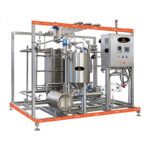
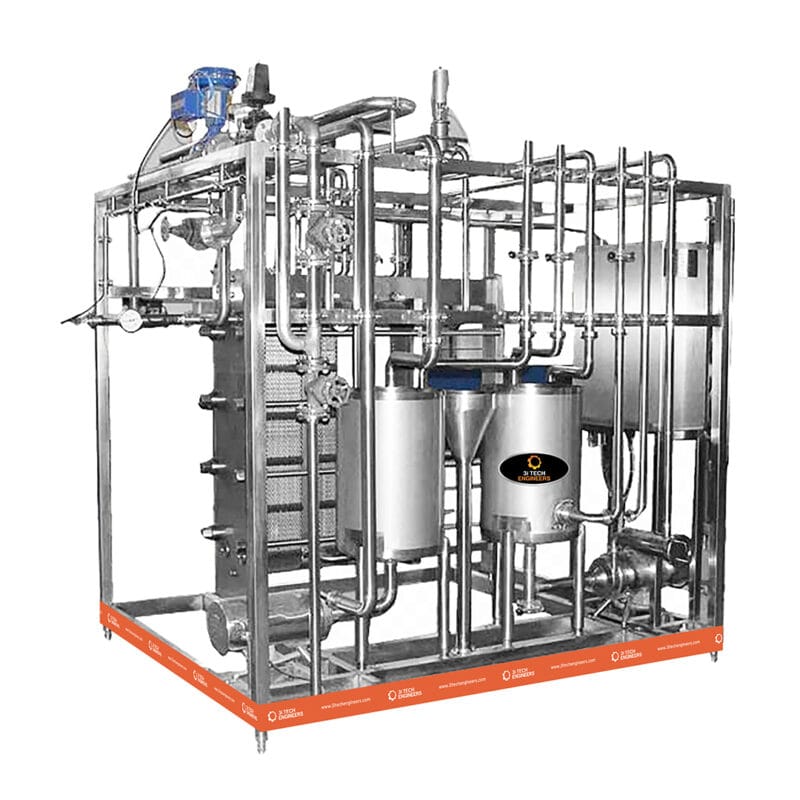
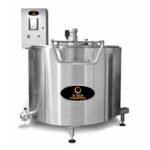
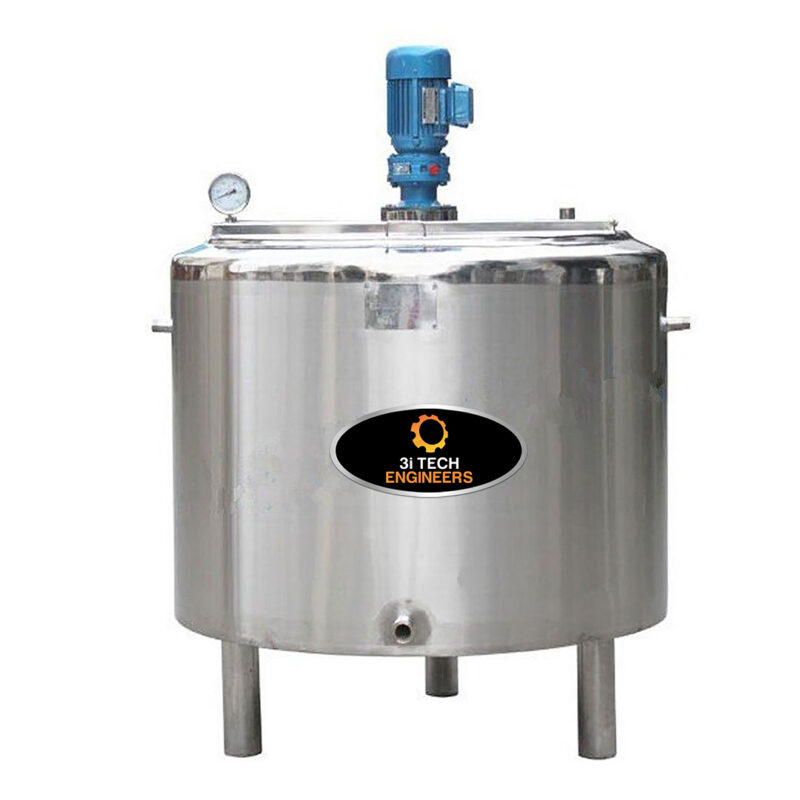
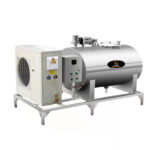
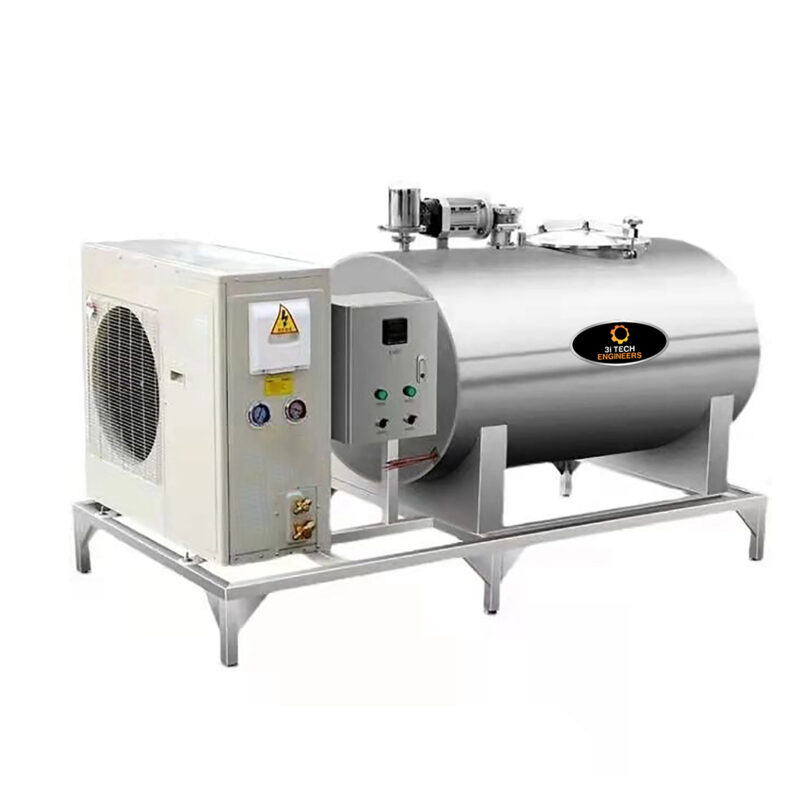
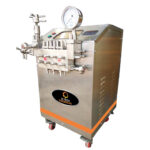
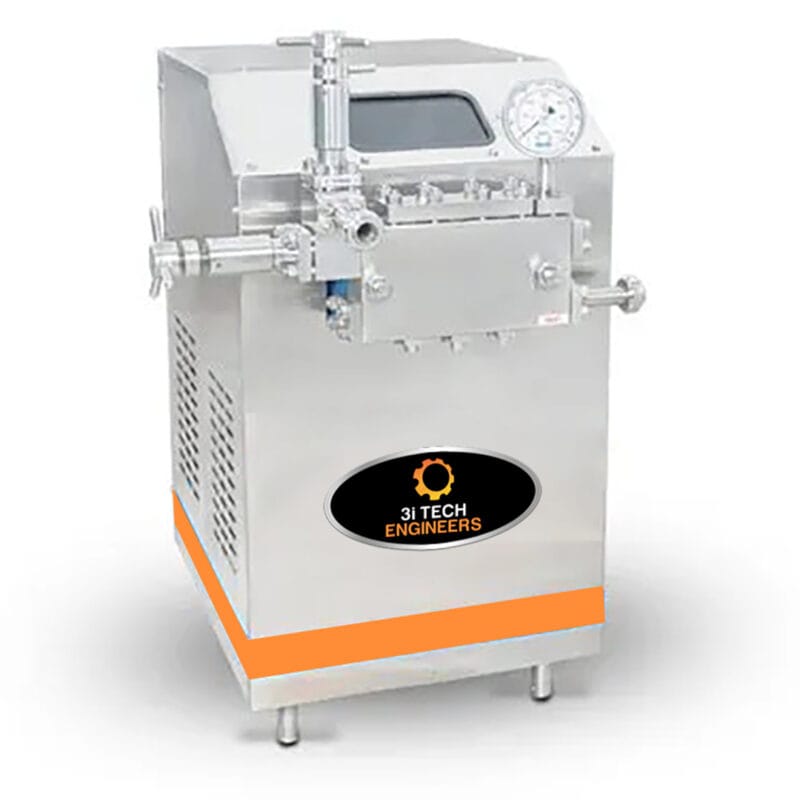
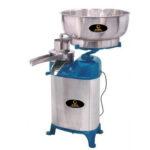
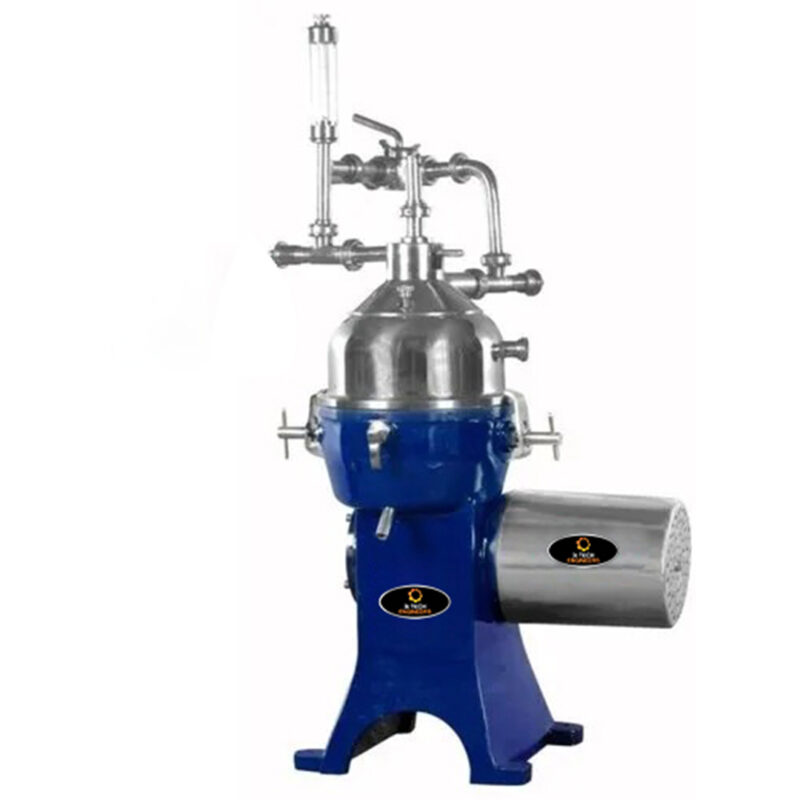
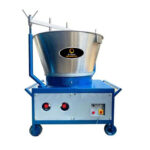
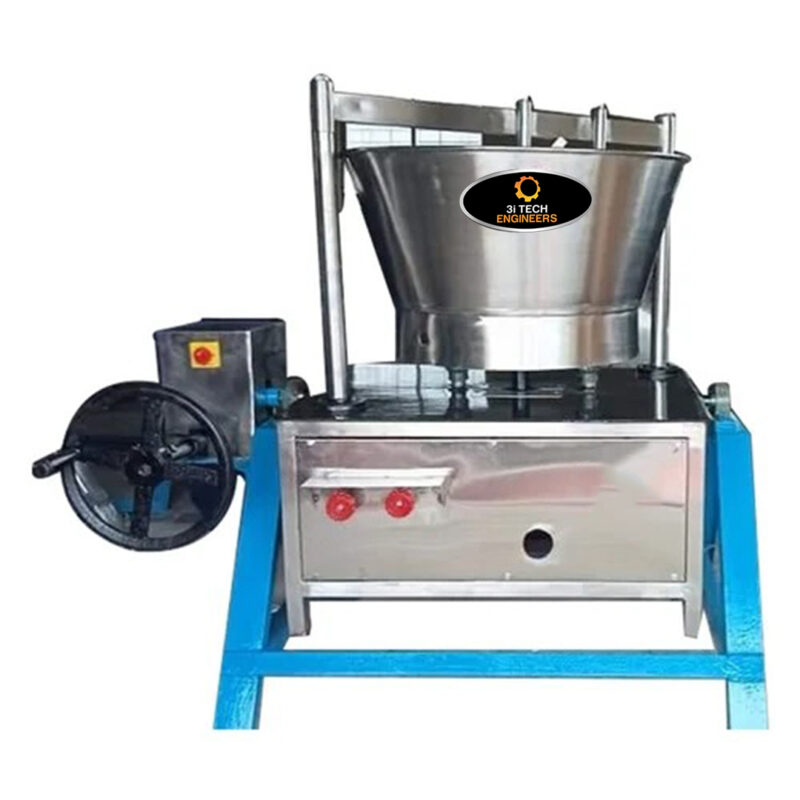
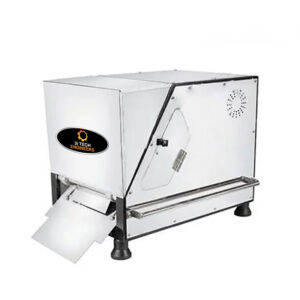
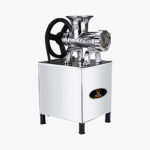
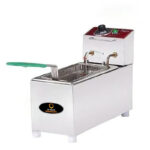
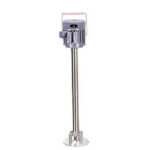
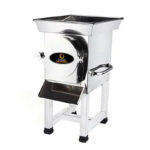
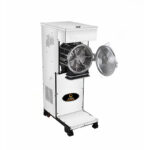
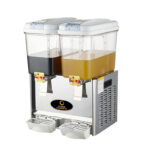
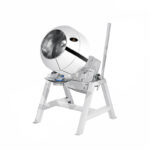
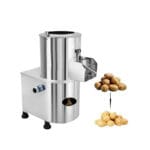
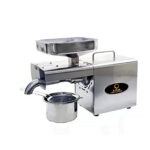
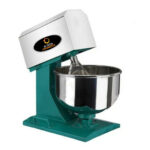
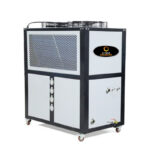
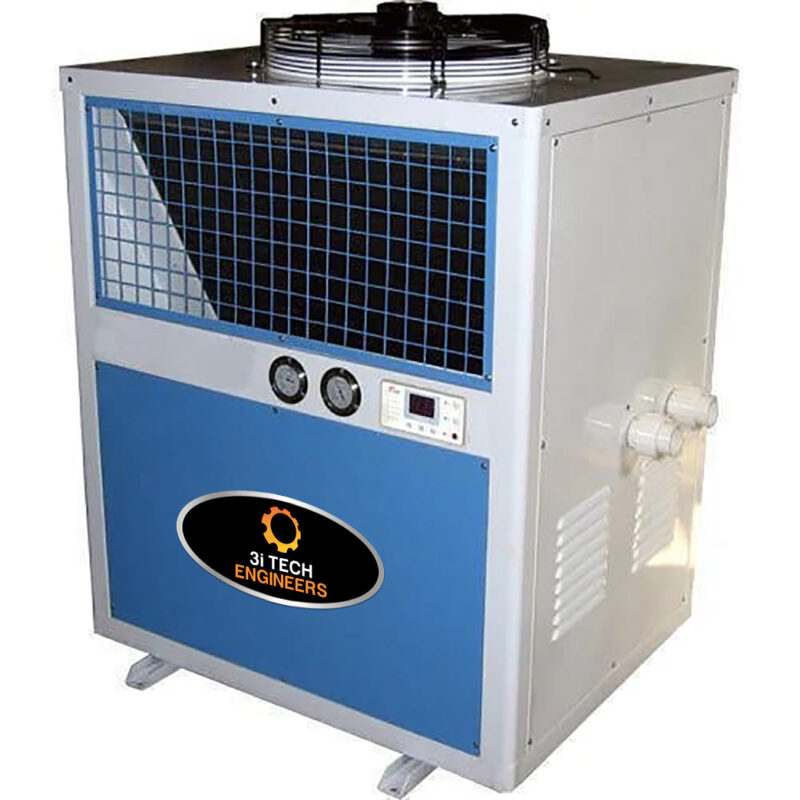
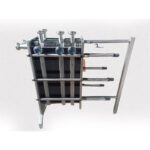
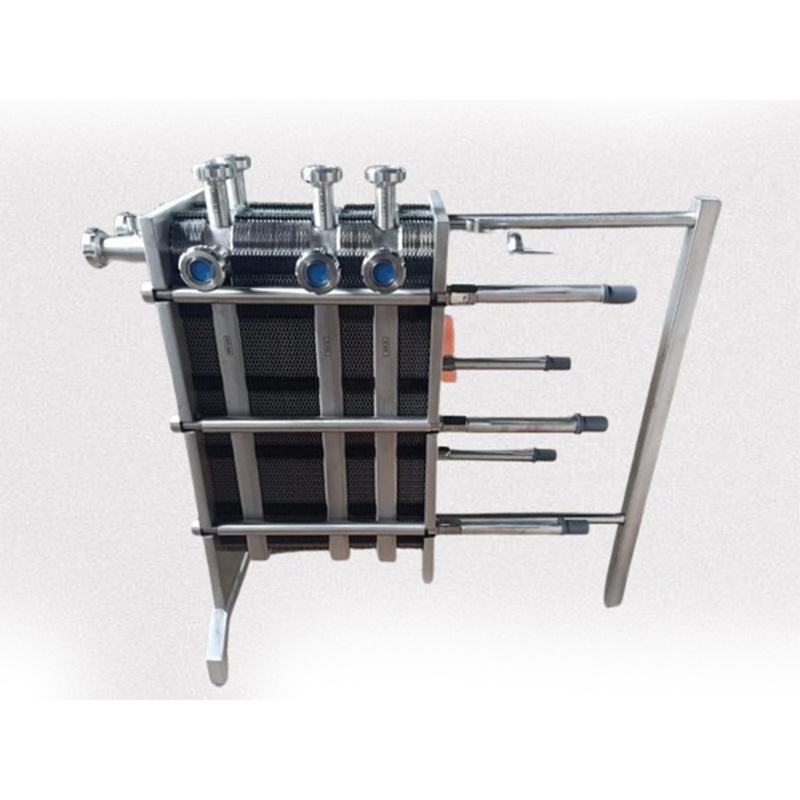
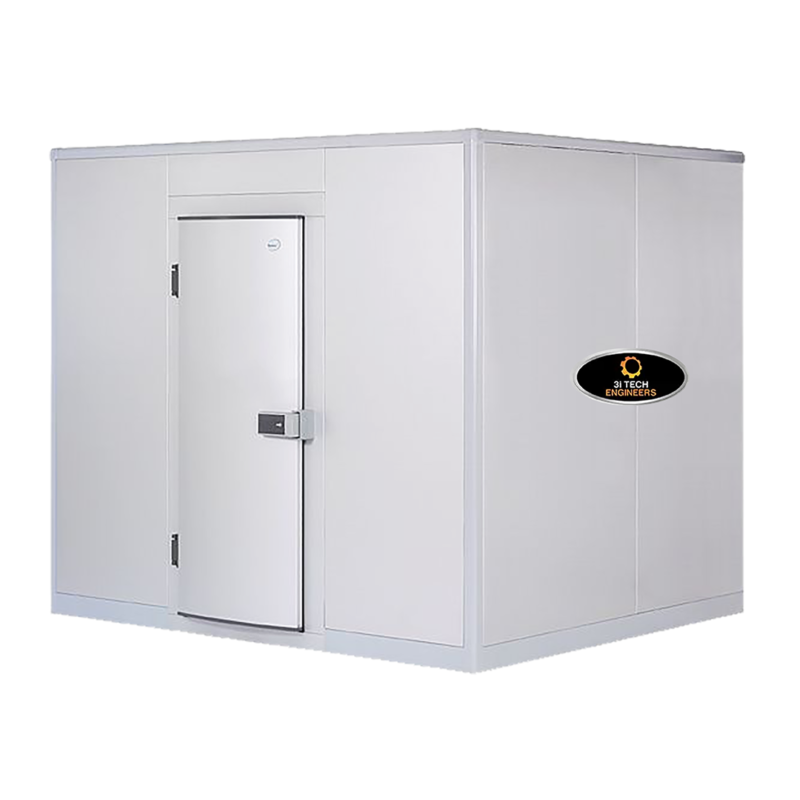
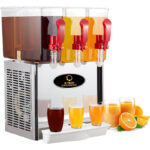

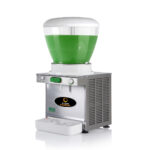
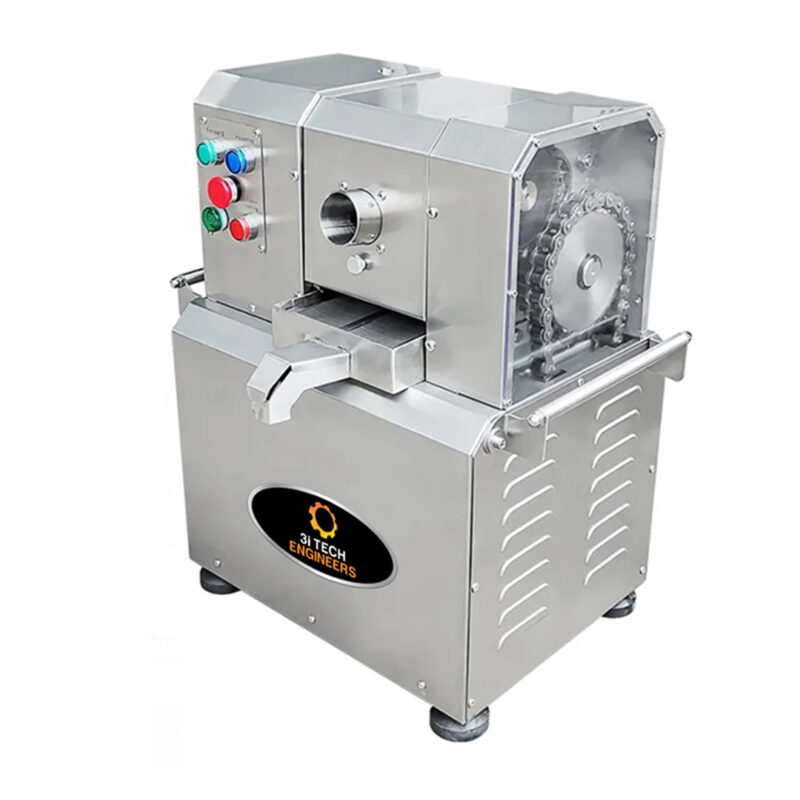
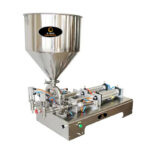
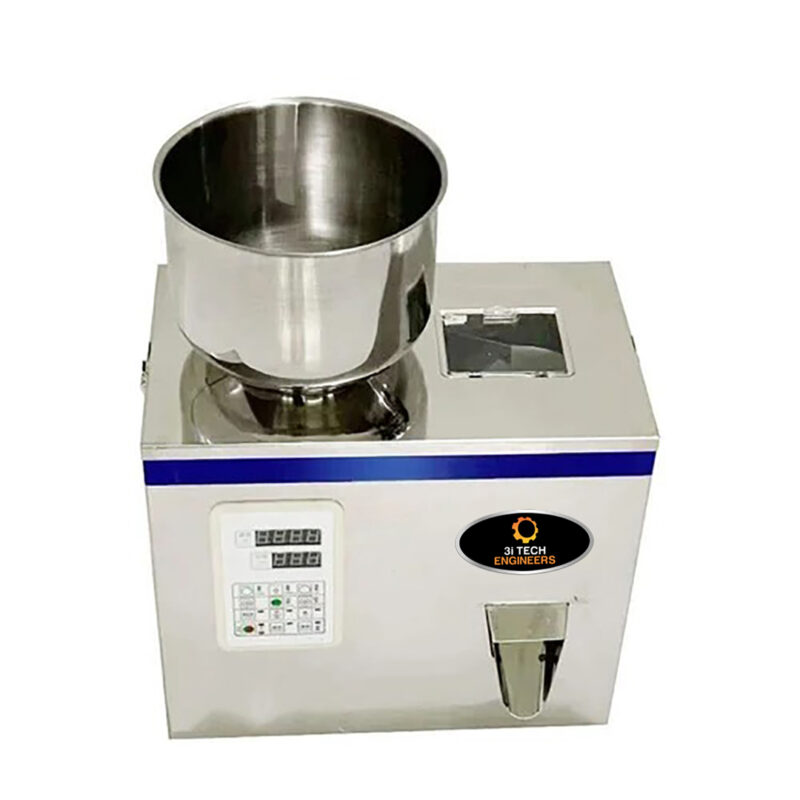
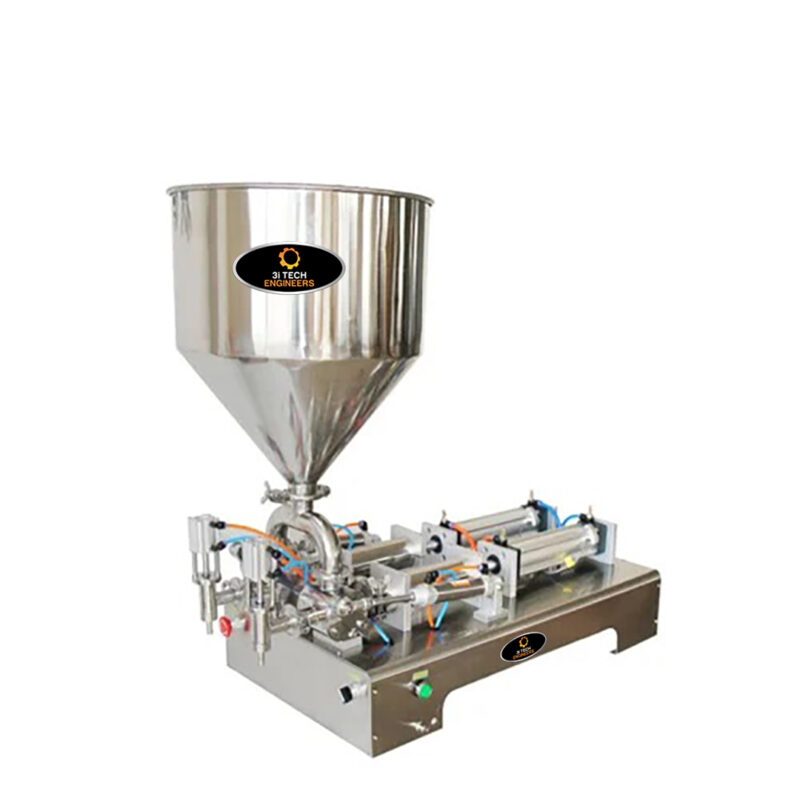
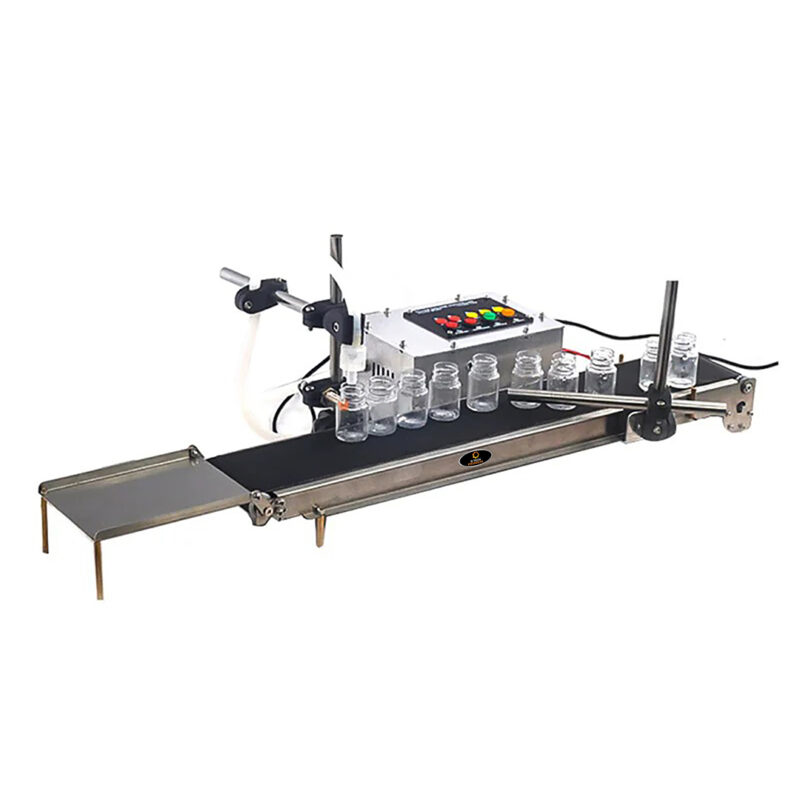
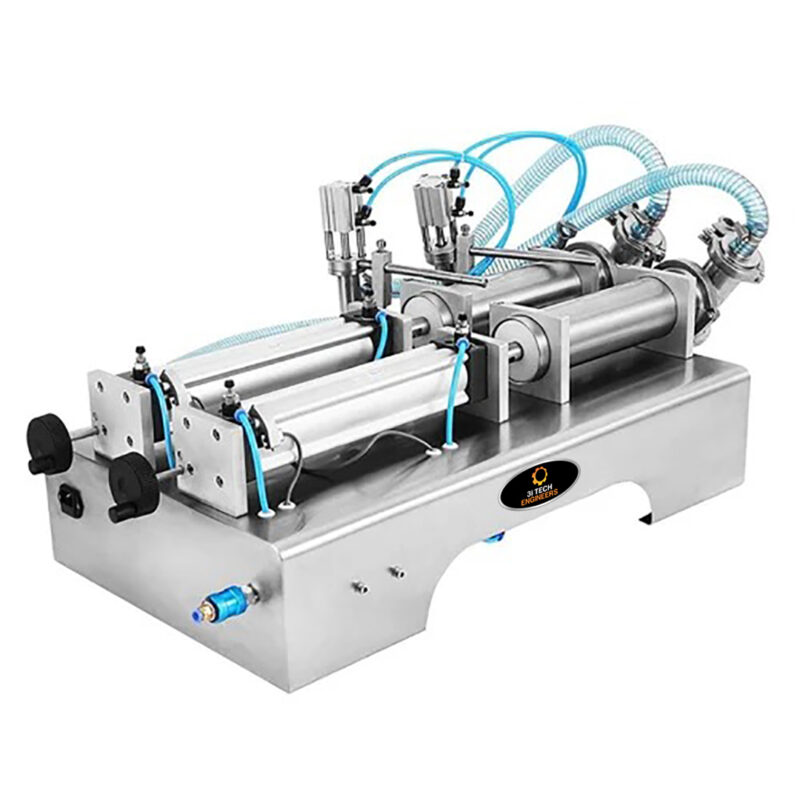
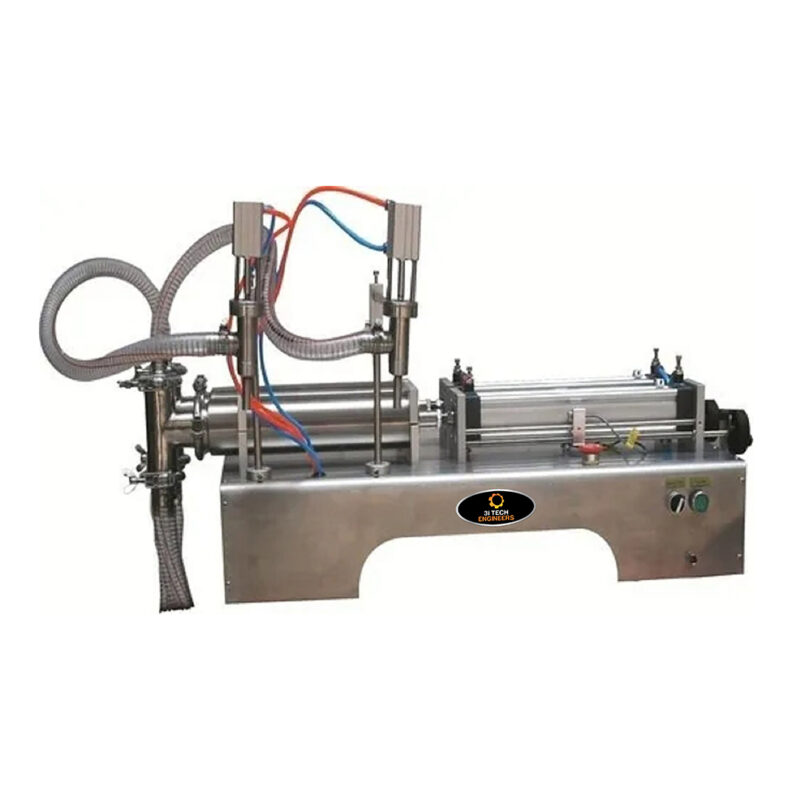







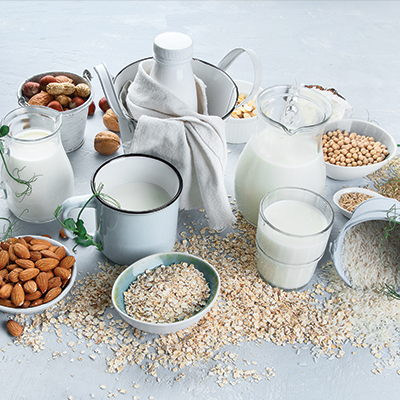


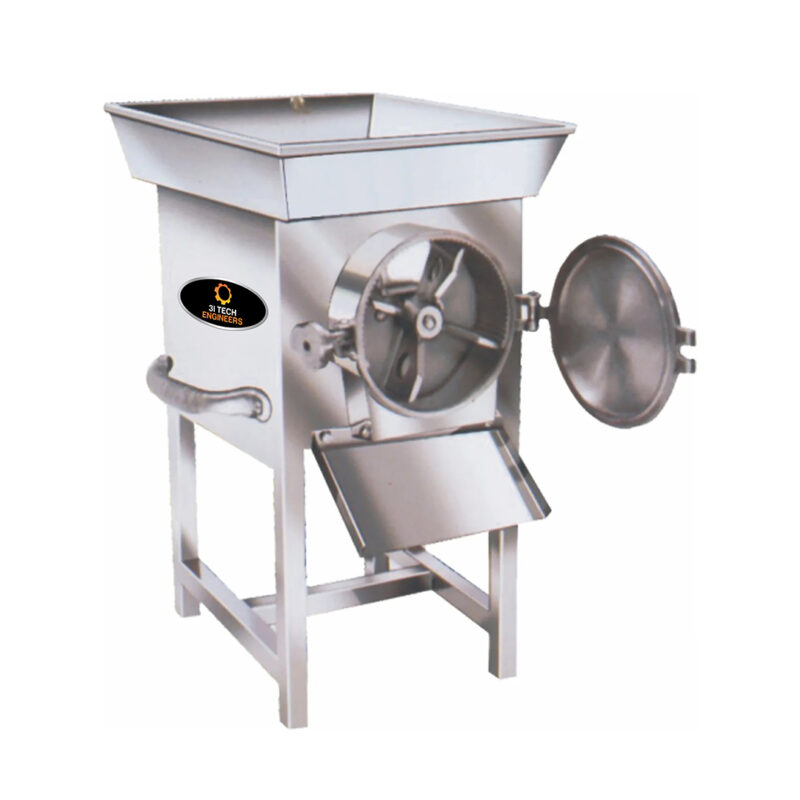
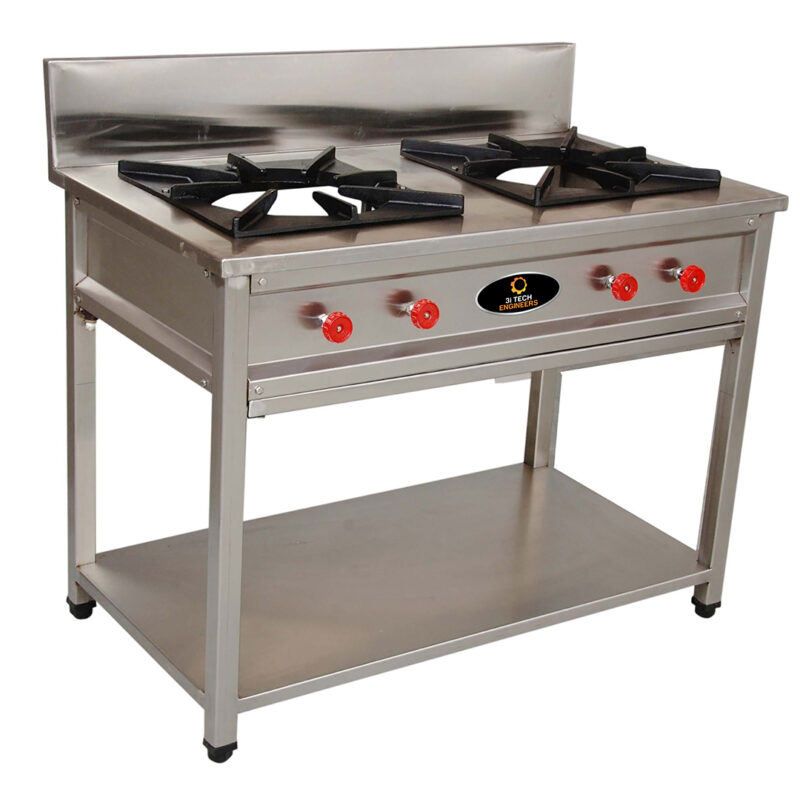
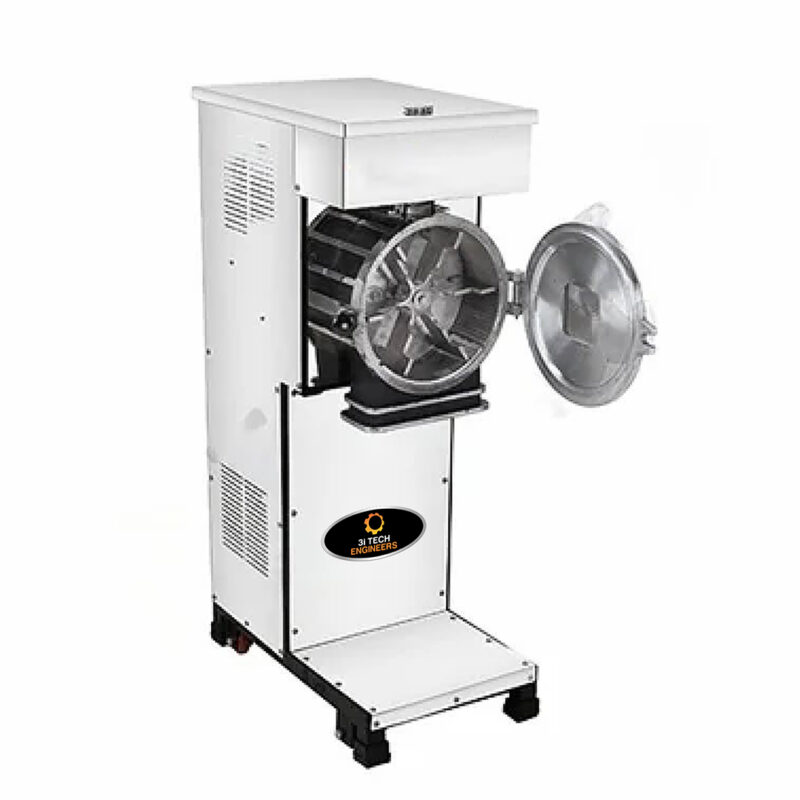

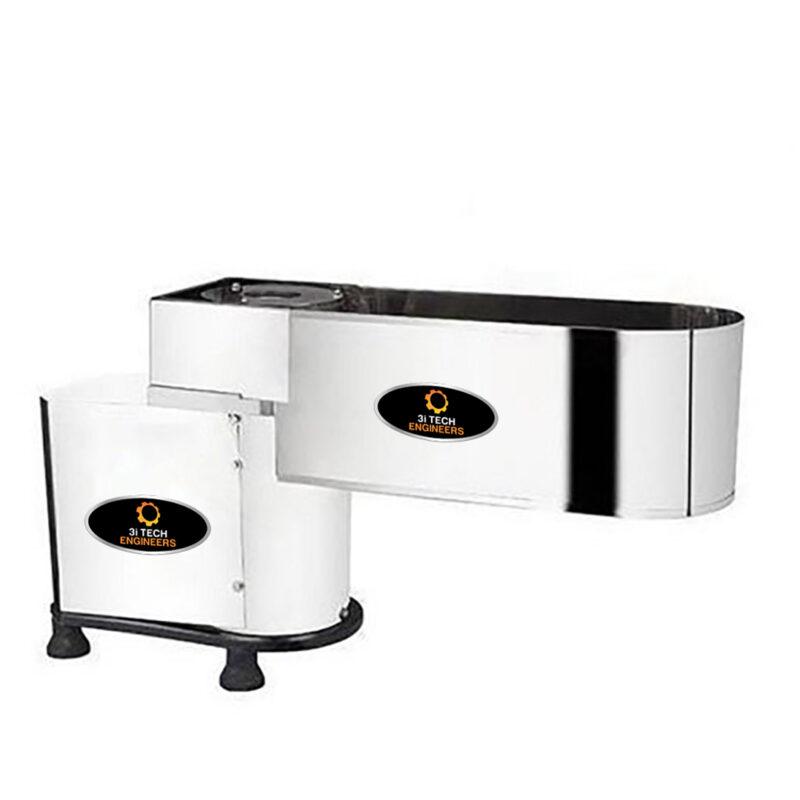
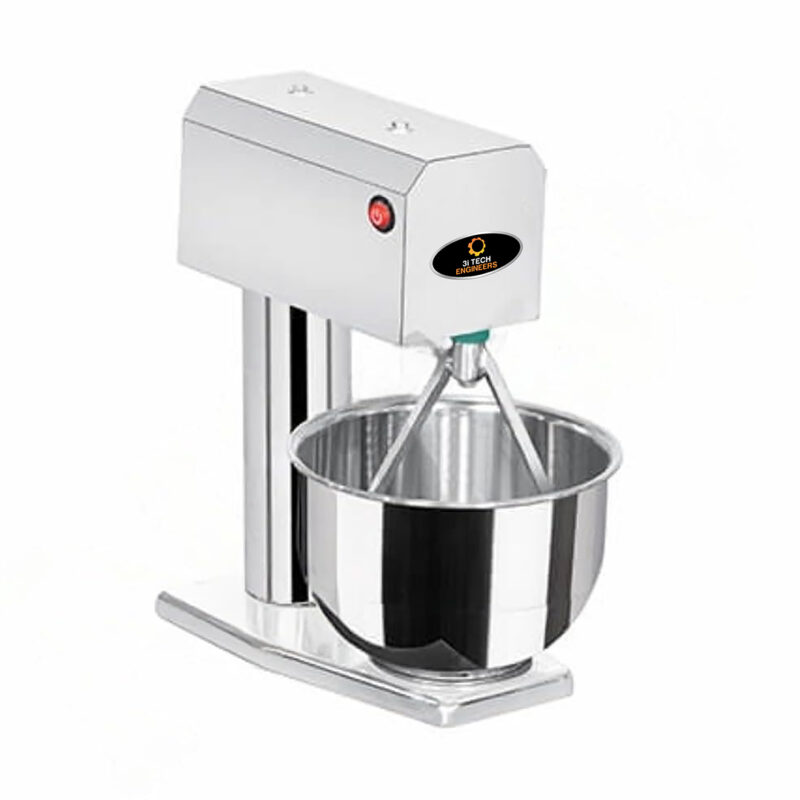
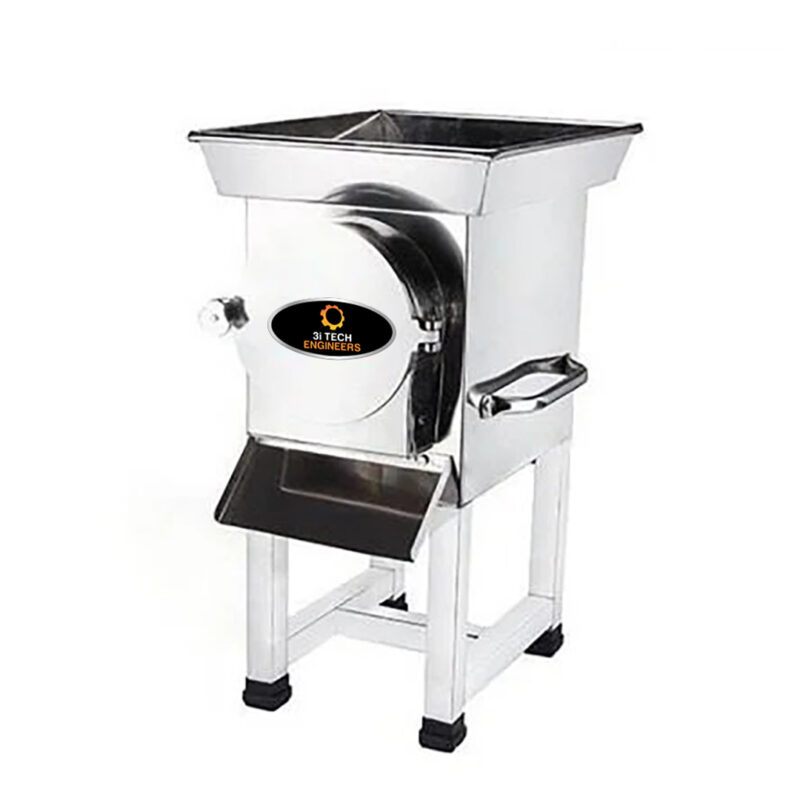
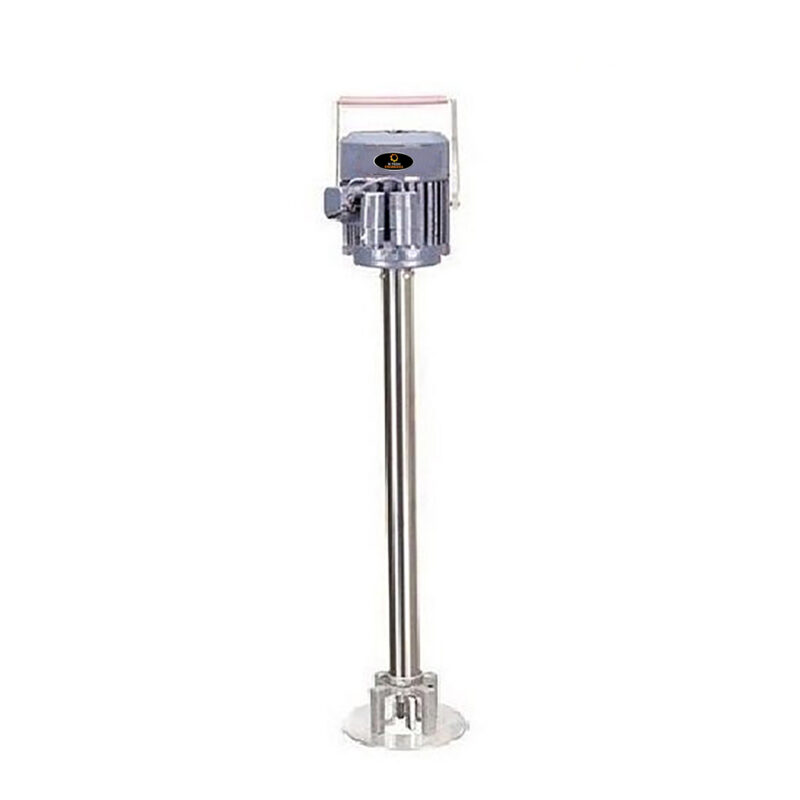
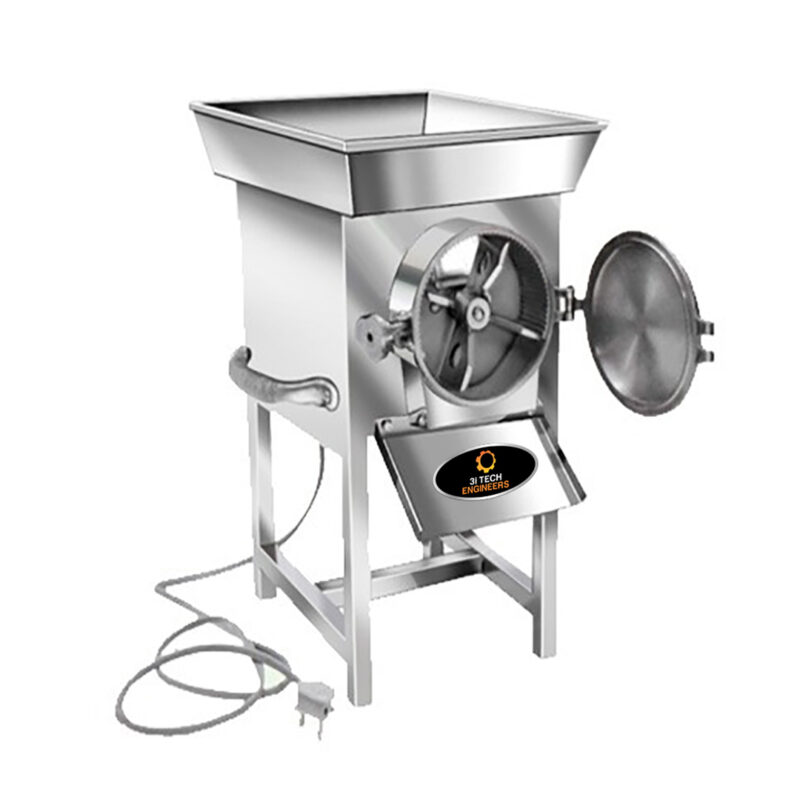
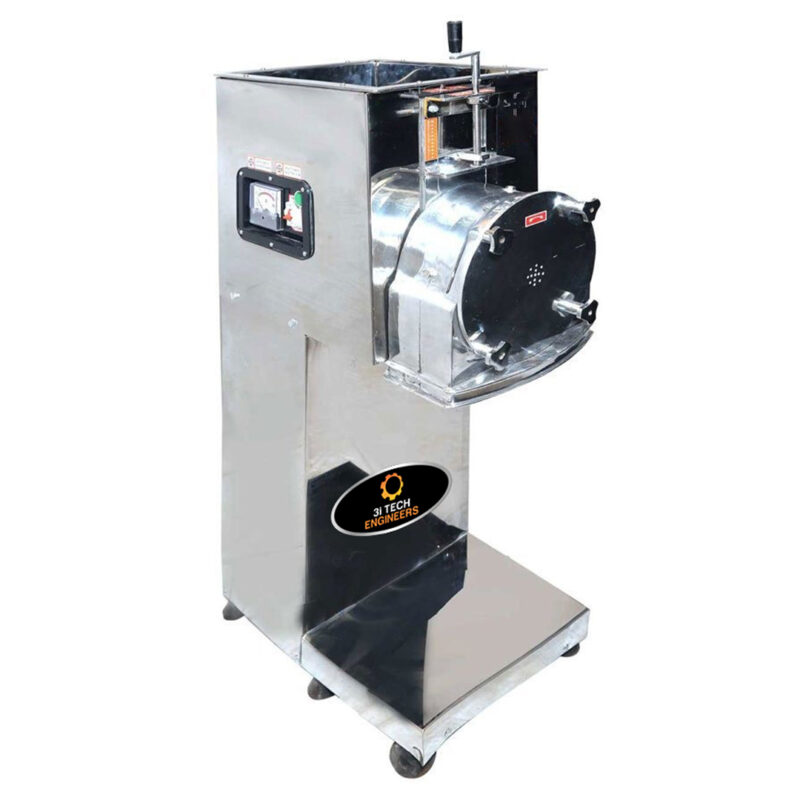
Reviews
There are no reviews yet.